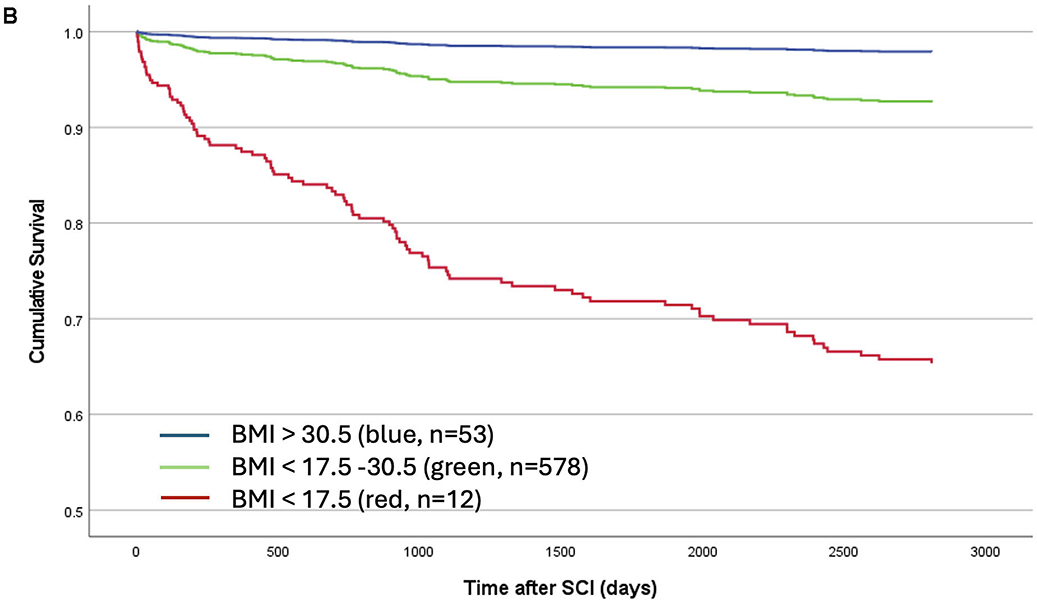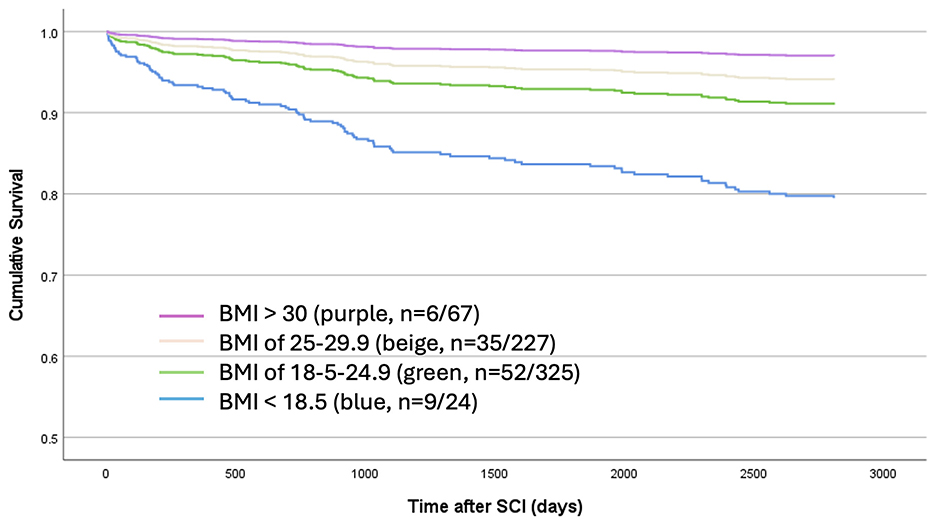- 1Praxis Spinal Cord Institute, Blusson Spinal Cord Centre, Vancouver, BC, Canada
- 2Department of Medicine, University of British Columbia, Vancouver, BC, Canada
- 3Department of Orthopaedics, Vancouver Spine Surgery Institute, University of British Columbia, Vancouver, BC, Canada
- 4International Collaboration on Repair Discoveries (ICORD), University of British Columbia, Vancouver, BC, Canada
- 5Department of Neurology and Experimental Neurology, Clinical and Experimental Spinal Cord Injury Research, Charité – Universitätsmedizin Berlin, Berlin, Germany
- 6QUEST-Center for Transforming Biomedical Research, Berlin Institute of Health, Berlin, Germany
- 7Department of Neurology, Spinal Cord Injury Division, The Ohio State University, Wexner Medical Center, Columbus, OH, United States
- 8Belford Center for Spinal Cord Injury, Departments of Physical Medicine and Rehabilitation and Neuroscience, The Ohio State University, Wexner Medical Center, Columbus, OH, United States
A Correction on
Effect of body mass index on survival after spinal cord injury
by Fallah, N., Noonan, V. K., Thorogood, N. P., Kwon, B. K., Kopp, M. A., and Schwab, J. M. (2024). Front. Neurol. 14:1269030. doi: 10.3389/fneur.2023.1269030
The caption of Figure 2B appears below.
“Linearized cumulative survival over time illustrated a protective effect of a higher BMI in a class (dose) dependent manner which occurs early and is long-lasting. Whereas, elevated mortality was observed in patients who were severely underweight (< 17.5 kg/m2, red, n = 12), patients with a BMI of 17.5–30.5 kg/m2 (green, n = 578) or >30.5 kg/m2 (blue, n = 53) were protected mirrored by a less negative slope that nearly plateaus after 3 years.”
There was a mistake in Figure 2B as published. The colors in the figure did not match the corresponding BMI categories in the legend. The corrected Figure 2B, appears below.
There was a mistake in Supplementary Figure 2 as published. The colors of the lines on the graph did not match the corresponding BMI categories in the legend and caption.
The corrected Supplementary Figure 2, appears below.
The original version of this article has been updated.
Generative AI Statement
Any alternative text (alt text) provided alongside figures in this article has been generated by Frontiers with the support of artificial intelligence and reasonable efforts have been made to ensure accuracy, including review by the authors wherever possible. If you identify any issues, please contact us.
Publisher's note
All claims expressed in this article are solely those of the authors and do not necessarily represent those of their affiliated organizations, or those of the publisher, the editors and the reviewers. Any product that may be evaluated in this article, or claim that may be made by its manufacturer, is not guaranteed or endorsed by the publisher.
Keywords: acute spinal cord injury, body mass index, mortality risk, Charlson comorbidity index, injury severity score
Citation: Fallah N, Noonan VK, Thorogood NP, Kwon BK, Kopp MA and Schwab JM (2025) Correction: Effect of body mass index on survival after spinal cord injury. Front. Neurol. 16:1667648. doi: 10.3389/fneur.2025.1667648
Received: 16 July 2025; Accepted: 02 October 2025;
Published: 10 November 2025.
Edited and reviewed by: Alberto Cliquet Junior, State University of Campinas, Brazil
Copyright © 2025 Fallah, Noonan, Thorogood, Kwon, Kopp and Schwab. This is an open-access article distributed under the terms of the Creative Commons Attribution License (CC BY). The use, distribution or reproduction in other forums is permitted, provided the original author(s) and the copyright owner(s) are credited and that the original publication in this journal is cited, in accordance with accepted academic practice. No use, distribution or reproduction is permitted which does not comply with these terms.
*Correspondence: Jan M. Schwab, SmFuLlNjaHdhYkBvc3VtYy5lZHU=
 Nader Fallah
Nader Fallah Vanessa K. Noonan
Vanessa K. Noonan Nancy P. Thorogood
Nancy P. Thorogood Brian K. Kwon
Brian K. Kwon Marcel A. Kopp
Marcel A. Kopp Jan M. Schwab
Jan M. Schwab
